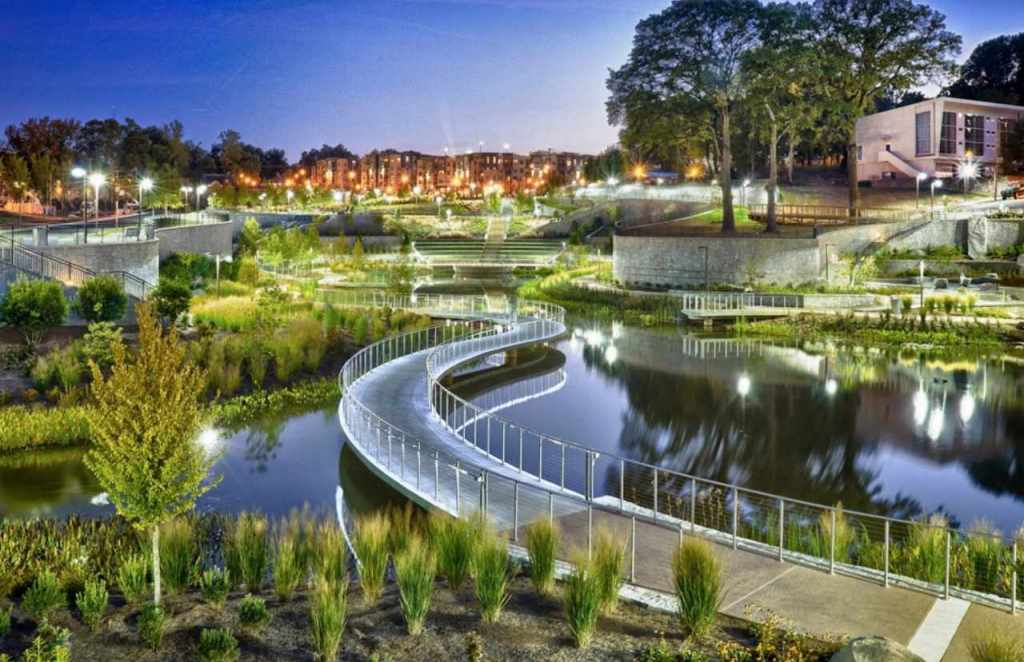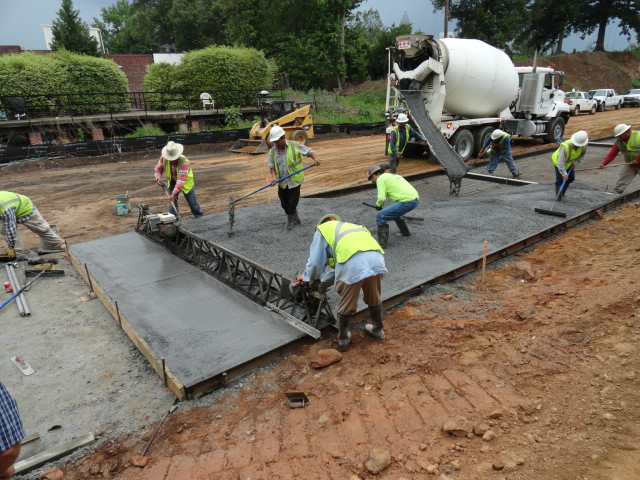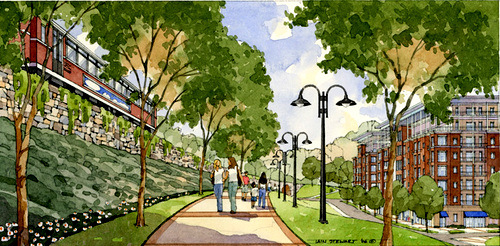BeltLine Update
Push for Affordable Housing
Atlanta City Councilman Andre Dickens proposes a revised zoning ordinance along the Atlanta BeltLine, a 22-mile mixed-use park project. It is the first step in a longstanding effort to prepare for the city’s 40 percent population boom by 2040. The proposal would require developers along the BeltLine to designate a percentage of units towards affordable […]


